Before we talk about the newest additions to the National Register in Pennsylvania, let’s try a little National Register trivia:
Question 1:
Is something listed IN the National Register of Historic Places, or ON the National Register of Historic Places?
If you answered “in,” you are correct (at least according to the National Park Service.) I like to remember it like this: the original National Register was an actual book – so you were listed IN the register. Unfortunately google has failed to show me a photo of that original book to share with you.
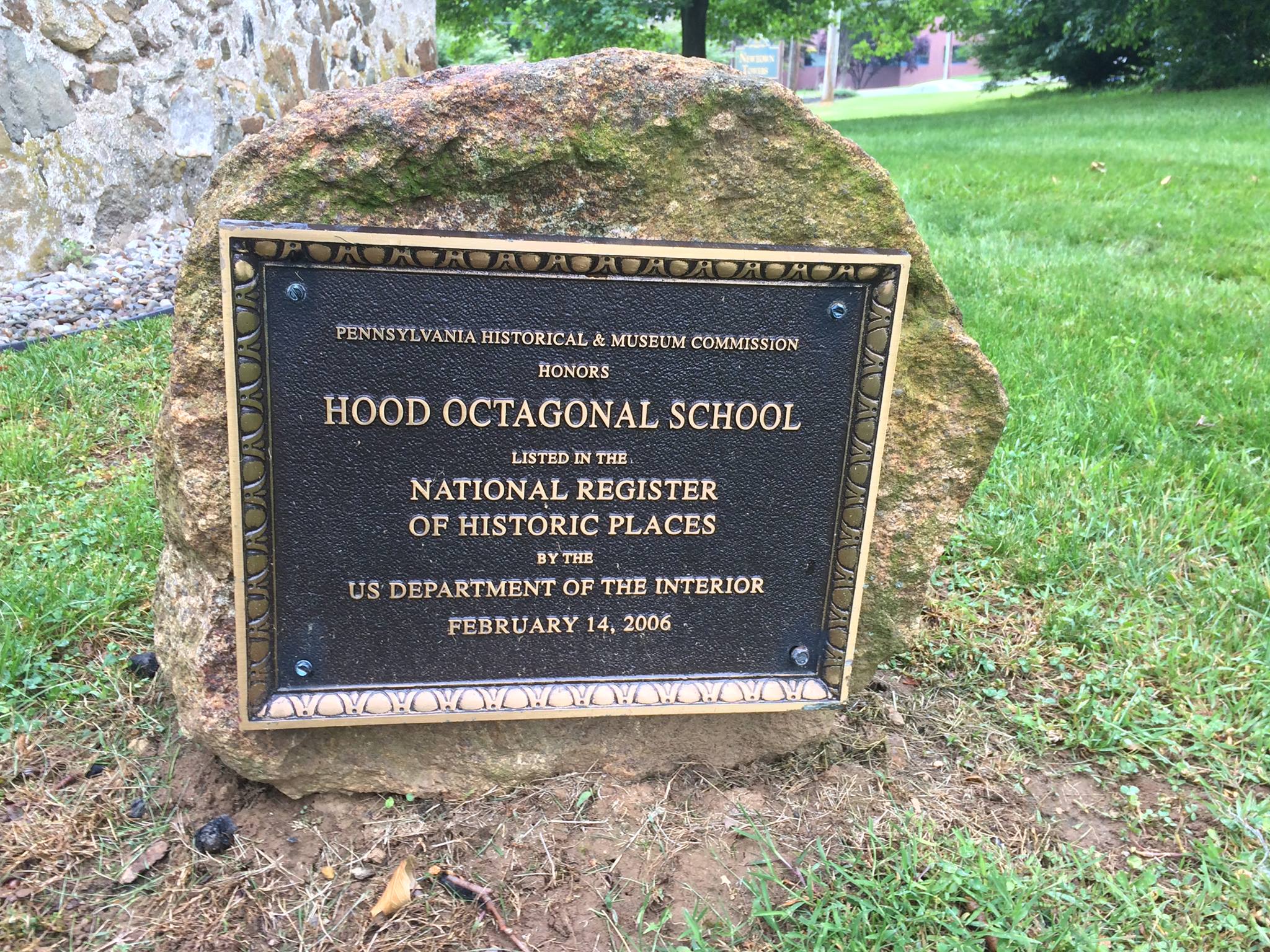
The Hood Octagonal School is located in Newtown Square, Delaware County. Photo from the Newtown Square Historical Society Facebook page @ https://www.facebook.com/pages/Hood-Octagonal-School/105623426138515.
Question 2:
How many criteria do you have to meet to be listed in the Register?
Just one!
Remember, there are 4 criteria:
- A: That are associated with events that have made a significant contribution to the broad patterns of our history; or
- B: That are associated with the lives of significant persons in our past; or
- C: That embody the distinctive characteristics of a type, period, or method of construction, or that represent the work of a master, or that possess high artistic values, or that represent a significant and distinguishable entity whose components may lack individual distinction; or
- D: That have yielded or may be likely to yield, information important in history or prehistory.
BUT, a property only has to meet ONE of them to be potentially listed in the Register. Interestingly, in Pennsylvania the most common criterion is C (architecture), followed by A (significant events).
Question 3:
One more! How many properties are listed in the National Register in Pennsylvania?
An excellent question! The answer is a specifically vague “there are just over 3,200 NR listed resources.” However, that number does not account for the large number of properties that contribute to historic districts! Because so many of the district nominations are old, dating to the beginning of the NR process, there is not a complete inventory available for every district in the Commonwealth. So, the actual number of listed properties is significantly higher than 3,200!
Now on to our new listings…
Since our last Just Listed blog post in June, Pennsylvania has added 2 objects (the Mason Dixon West Line Milestone Markers 76 and 77), and eight buildings to the list.
You will notice something unusual about the Mason Dixon Markers on the list below – it says Maryland! Well, because the markers denote the boundary between our two states, the Maryland SHPO originally approved the nomination, and then shared it with the PA SHPO for approval by our Historic Preservation Board. These Markers came with some of the best letters of support we’ve ever received – hand drawn pictures of the stones by some future historic preservationists.
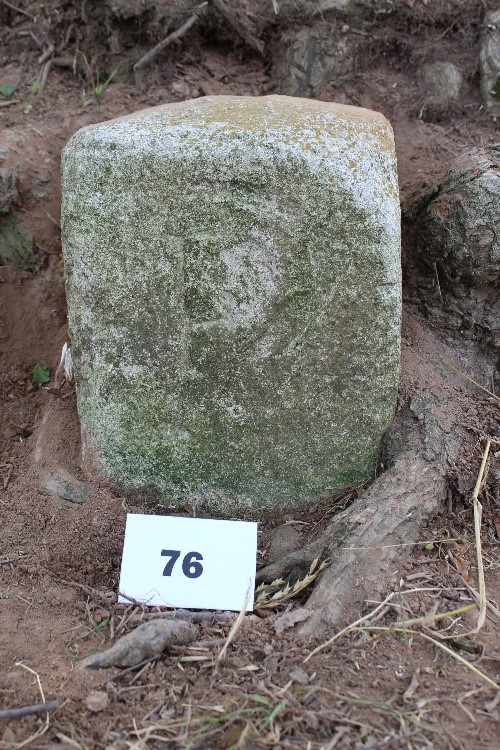
Mason and Dixon Marker Number 76.
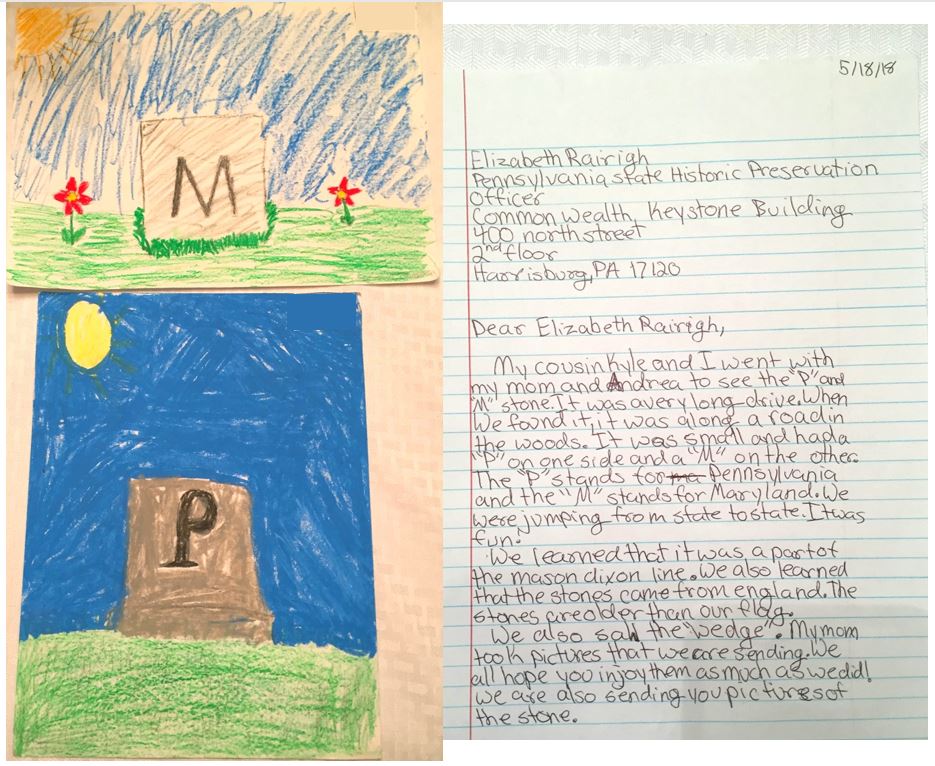
This nomination even had support from some future preservationists!
We have also had a Multiple Property Documentation Form (MPDF) approved for Public Schools in Philadelphia, Pennsylvania, 1938-ca.1980, which you may remember from a previous blog post. This will allow us to more easily list many more public school buildings in Philly, since the context has now been developed and finalized. If you’d like to read the documentation, you can find it on the City of Philadelphia’s website – here!
When we submit an MPDF to the Park Service for approval, we are required to submit a nomination along with it to test the application of the proposed registration requirements. This time we sent two! Joining the recently listed properties in PA are the Charles Carroll Public School, 2700 E Auburn Street, and the M. Hall Stanton Public School, at 2539 N. 16th Street.
The Carroll School is significant under Criterion A for education. It is an example of Philadelphia school reform and design, particularly during the “Urban Crisis Era” from c.1965 – 1980. The Charles Carroll Public School was not listed in the National Register of Historic Places in the 1980s under the original “Philadelphia Public Schools Thematic Resources” due to the presence of the 1970 addition, which was seen at the time as negatively impacting the school’s integrity. The newly completed MPDF now provides a context in which to evaluate and list a school such as this, with a significant unique and local story to tell.
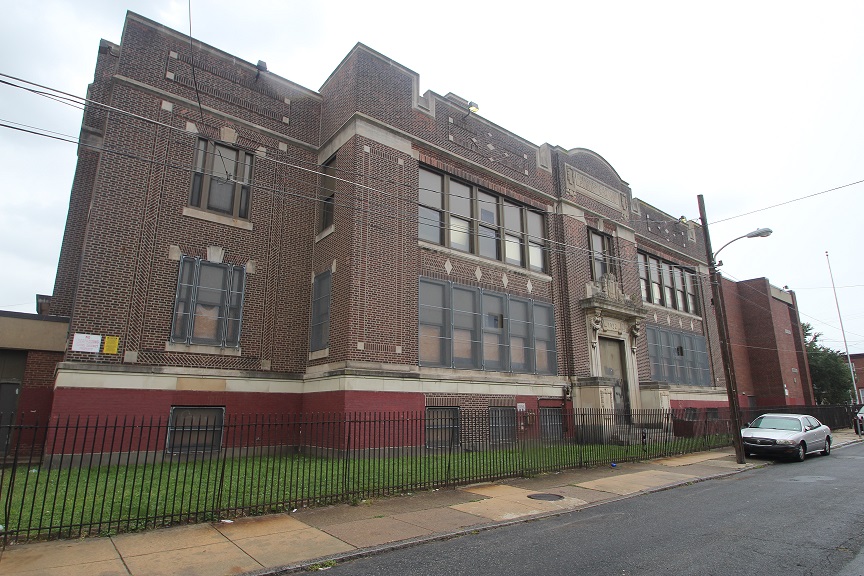
The 1920s Charles Carroll Public School, Philadelphia, in 2017. Photograph by Robert Powers from the Charles Carroll High School National Register Nomination.
The M. Hall Stanton Public School, also listed under Criterion A, has a period of significance from the completion of construction to 1968, when the community was lobbying for school reform and inclusion within the Model Cities program.
If you have a property you’d love to see listed in the National Register – tell us about it!! Take a photo and post it to Instagram with the #preservationhappenshere hashtag, and tell us in the caption why you think the property is eligible. We’d love to see more buildings listed in Pennsylvania and record more of stories about the Commonwealth’s built environment!
Here are all the properties listed in the last 6 months:
MARYLAND, FREDERICK COUNTY,
Mason and Dixon West Line Milestone Markers 76 and 77,
716 Mason Dixon Rd.,
Harney vicinity, SG100002789,
LISTED, 8/21/2018
PENNSYLVANIA, NORTHAMPTON COUNTY,
Martin, C.F. & Company.,
10 W North & 201 N Main Sts.,
Nazareth, SG100002837,
LISTED, 9/4/2018
PENNSYLVANIA, YORK COUNTY,
Whiteford, Hugh and Elizabeth Ross, House,
306 Broad St.,
Delta, SG100002988,
LISTED, 9/21/2018
Public Schools in Philadelphia, Pennsylvania, 1938-ca.1980 MPS,
MC100002985,
COVER DOCUMENTATION APPROVED, 9/25/2018
PENNSYLVANIA, PHILADELPHIA COUNTY,
Carroll, Charles, Public School,
2700 E Auburn St.,
Philadelphia, MP100002986,
LISTED, 9/25/2018
(Public Schools in Philadelphia, Pennsylvania, 1938-ca.1980 MPS)
PENNSYLVANIA, PHILADELPHIA COUNTY,
Stanton, M. Hall, Public School,
2539 N 16th St.,
Philadelphia, MP100002987,
LISTED, 9/25/2018
(Public Schools in Philadelphia, Pennsylvania, 1938-ca.1980 MPS)
PENNSYLVANIA, CHESTER COUNTY,
Ivy Cottage,
225 W. Lincoln Hwy.,
Exton vicinity, 84003961,
LISTED, 11/9/2018
(West Whiteland Township MRA)
PENNSYLVANIA, ALLEGHENY COUNTY,
Ford Motor Company Assembly Plant,
5000 Baum Blvd.,
Pittsburgh, SG100003134,
LISTED, 11/20/2018
PENNSYLVANIA, PHILADELPHIA COUNTY,
Crown Can Company Building,
956 E Erie Ave.,
Philadelphia, SG100003136,
LISTED, 11/20/2018
PENNSYLVANIA, PHILADELPHIA COUNTY,
Strawbridge and Clothier Department Store Warehouse,
901 Poplar St.,
Philadelphia, SG100003137,
LISTED, 11/20/2018


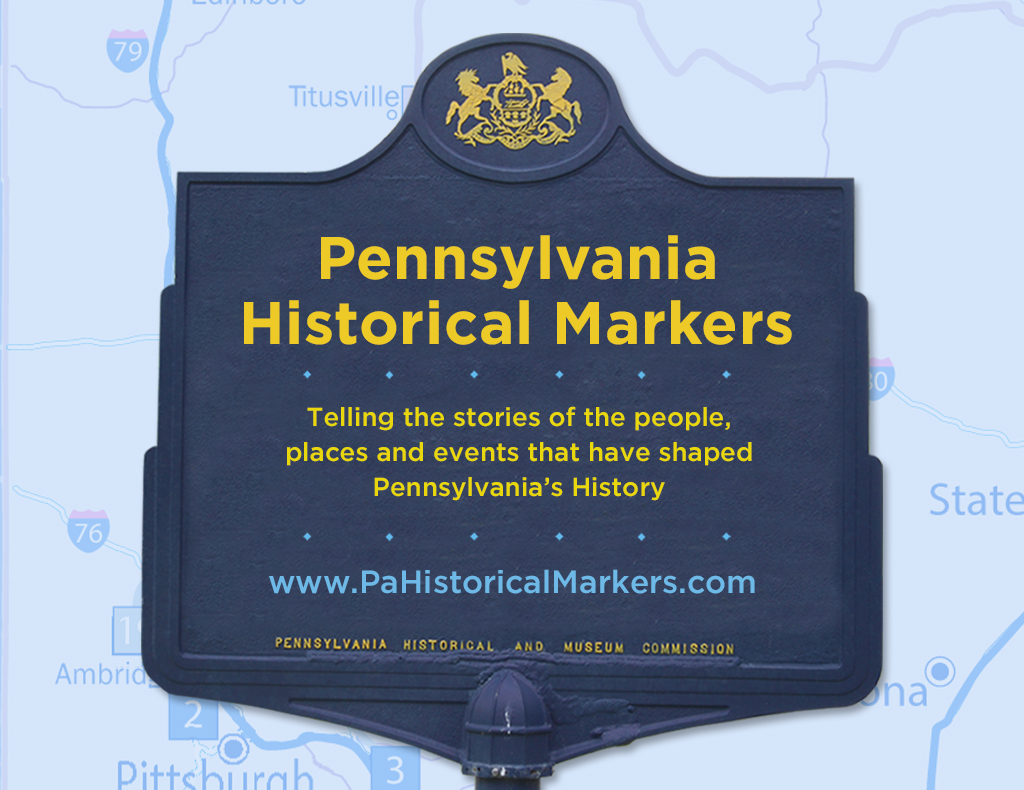
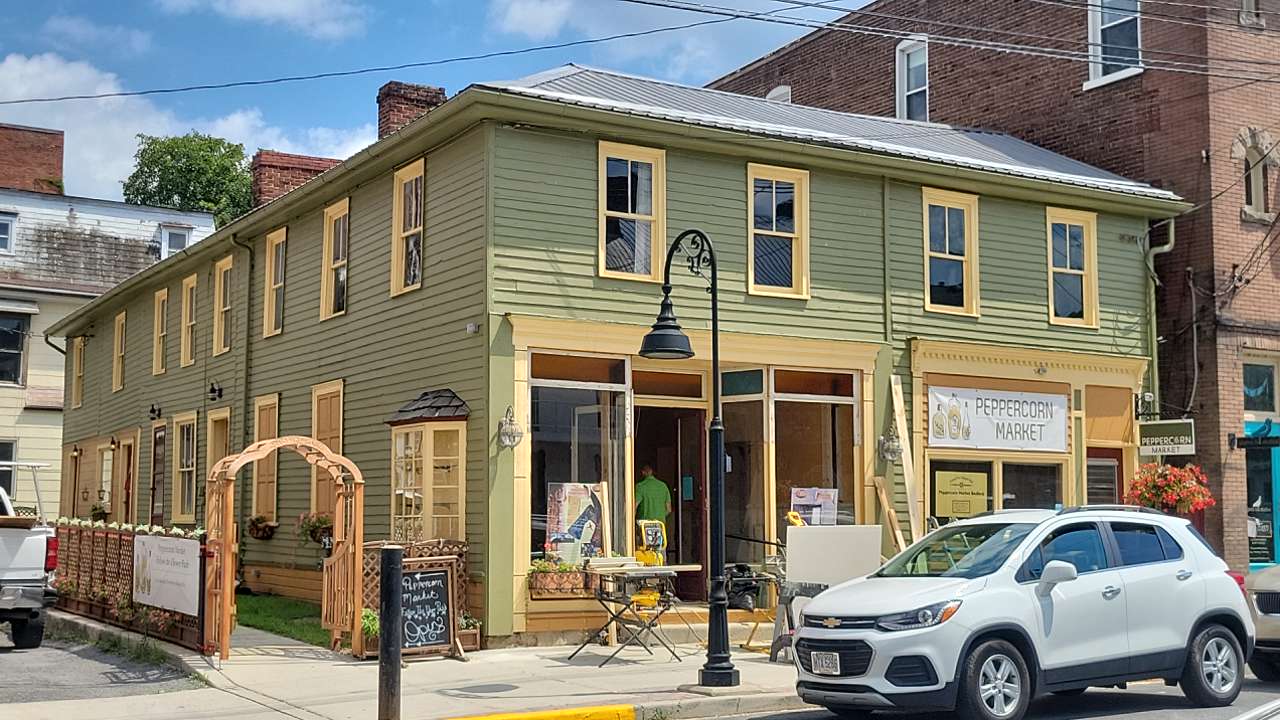
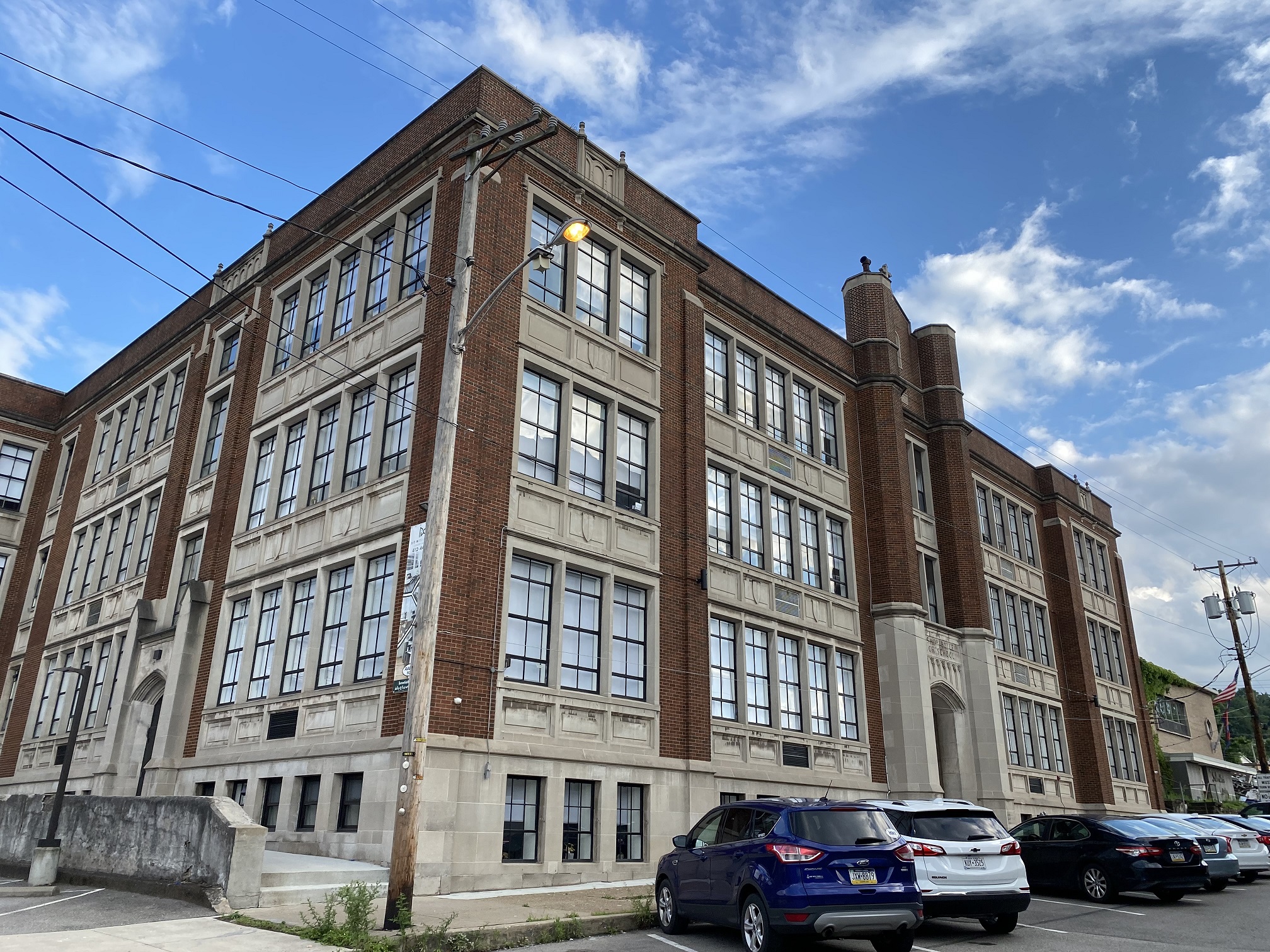
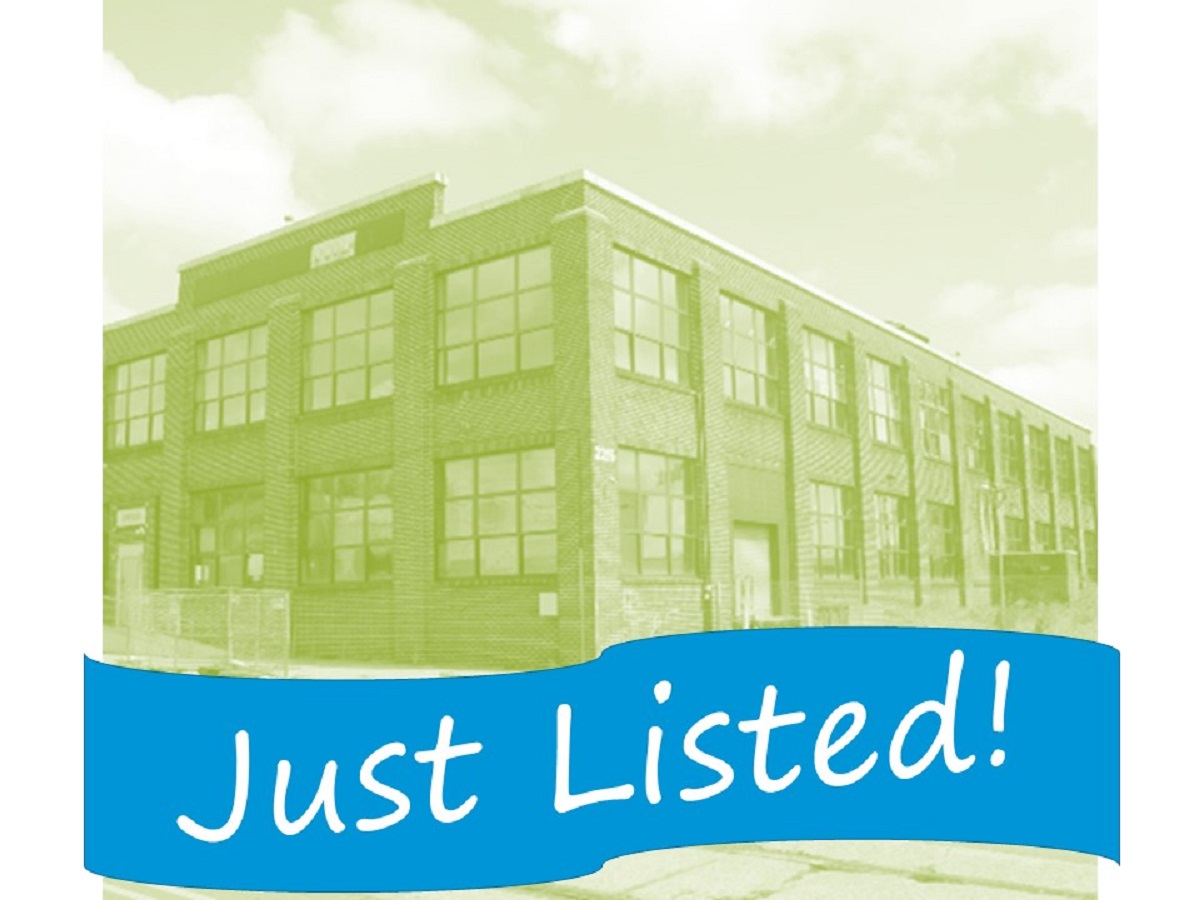

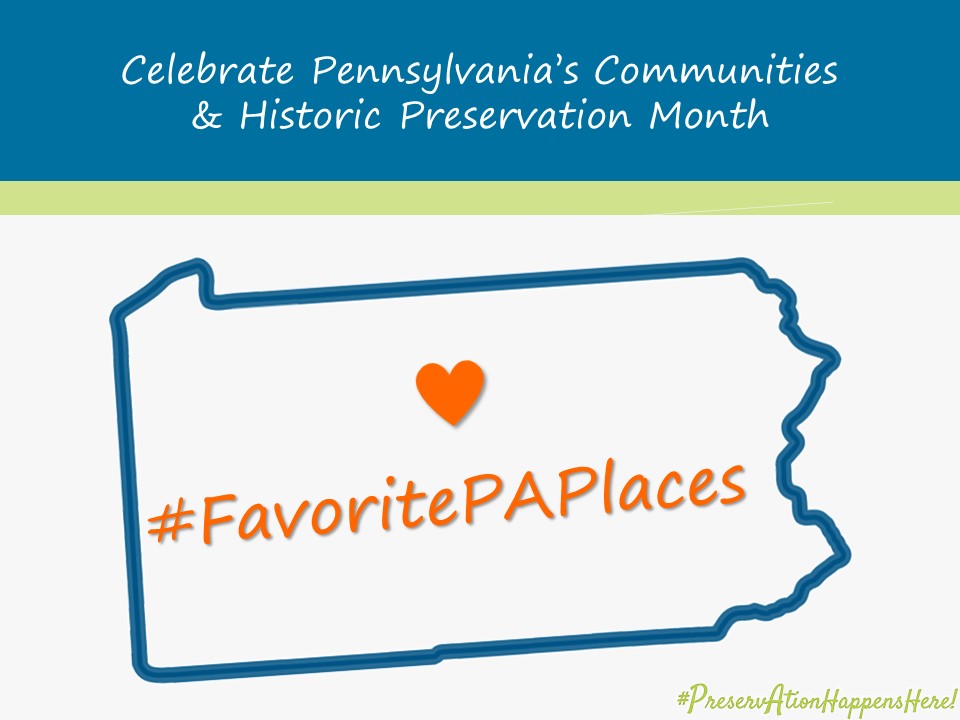
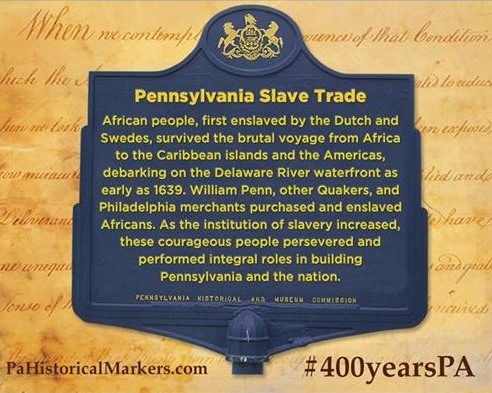
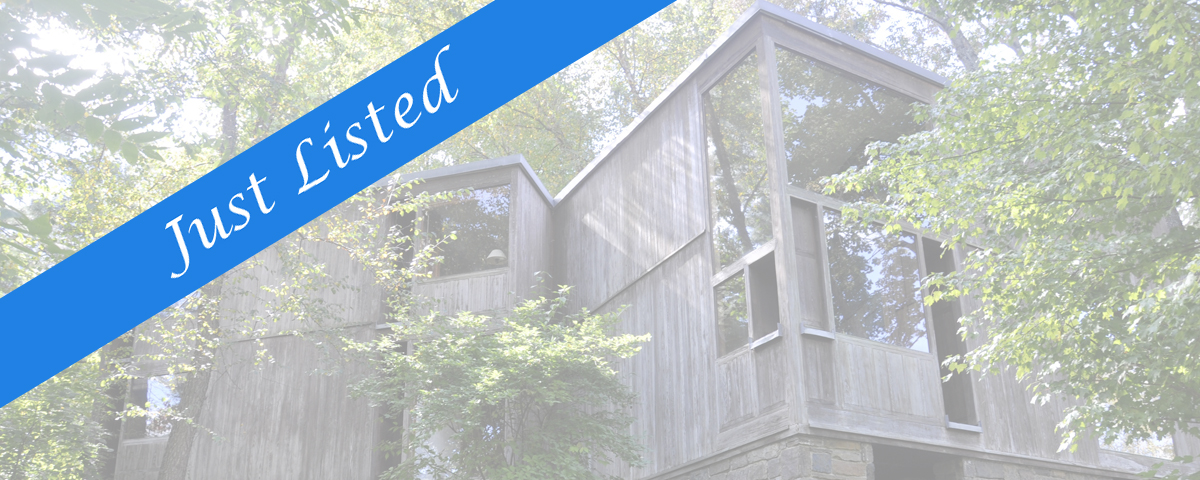




Recent Comments